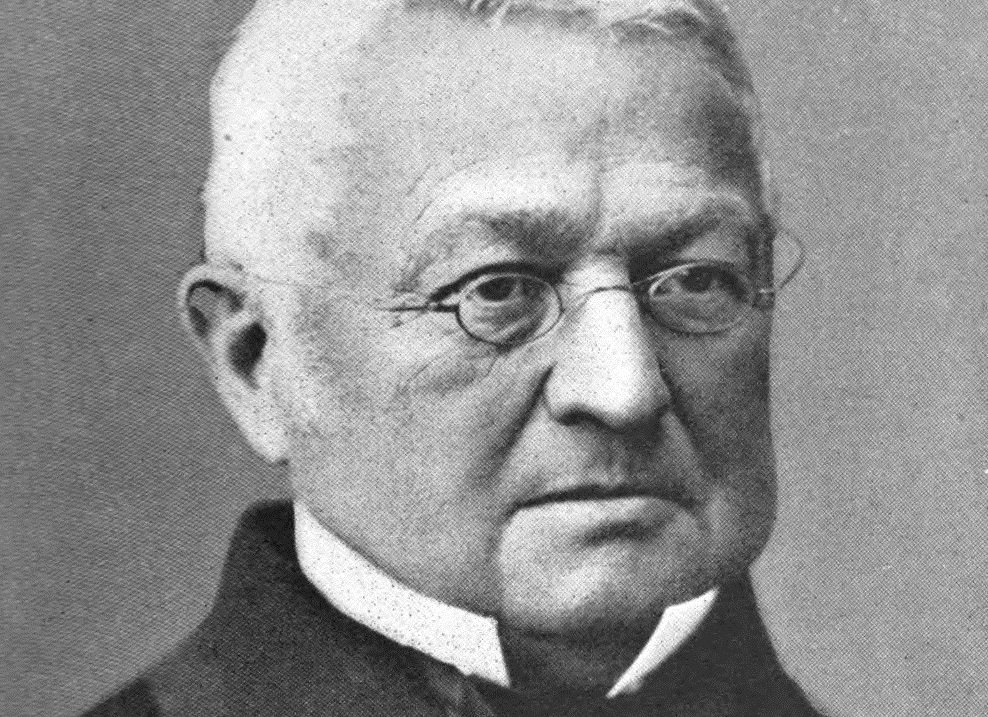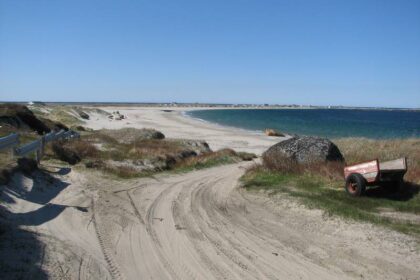Marie Joseph Louis Adolphe Thiers was a French statesman and historian. He was the second elected President of France, and the first President of the French Third Republic. Thiers was a key figure in the July Revolution of 1830, which overthrew the Bourbon monarchy, and the French Revolution of 1848, which established the Second French Republic. Take a look below for 30 more awesome and interesting facts about Adolphe Thiers.
1. Thiers was born on April 15, 1797, during the rule of the Directorate.
2. His grandfather, Louis-Charles Thiers, was an attorney in Aix-en-Provence, who moved to Marseille to become the guardian of the city archives, and secretary-general of the city administration, though he lost that post during the French Revolution.
3. His father was a businessman and occasional government official under Napoleon, who frequently was in trouble with the law.
4. His father abandoned Adolphe and his mother shortly after he was born.
5. His mother had little money, but Thiers was able to receive a good education thanks to financial aid from an aunt and a godmother.
6. He won admission to a lycée of Marseille through a competitive examination, and then, with the help of his relatives, was able to enter the faculty of law in Aix-en-Provence in November 1815.
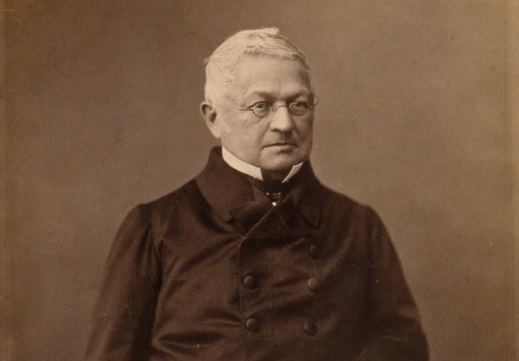
7. While studying at the faculty of law he began his lifelong friendship with François Mignet.
8. They both were admitted to the bar in 1818, and Thiers made a precarious living as a lawyer for three years.
9. He showed a strong interest in literature, and won an academic prize of five hundred francs for an essay on the marquis de Vauvenargues. Nonetheless, he was unhappy with his life in Aix.
10. He decided to move to Paris and to try to make a career as a writer.
11. In 1821, the 24-year-old Thiers moved to Paris with just 100 francs in his pocket.
12. Thanks to his letters of recommendation, he was able to get a position as a secretary to the prominent philanthropist and social reformer, the Duke of La Rochefoucalt-Liancourt; the man who in 1789, when King Louis XVI, asked if there was a revolt in Paris, replied, “No, Majesty, this is a Revolution.”
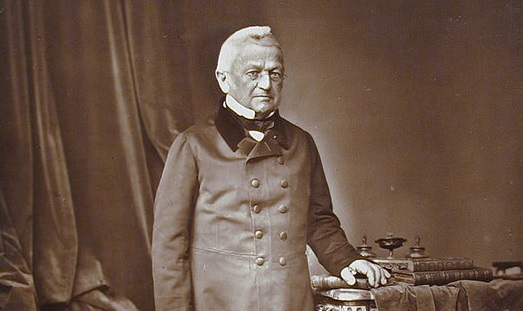
13. He stayed only three months with the Duke, whose political views were more conservative than his own, and with whom he could see no rapid avenue for advancement.
14. He was then introduced to Charles-Guillaume Étienne, the editor of the Le Constitutionnel, the most influential political and literary journal in Paris at the time.
15. He offered Etienne an essay on the political figure François Guizot, Thiers’ future rival, which was original, polemical and aggressive, and caused a stir in Paris literary and political circles. Etienne commissioned Thiers as a regular contributor.
16. At the same time that Thiers began writing, his friend from the law school in Aix, Mignet, was hired as a writer for another leading opposition journal, the Courier Français, and then worked for a major Paris book publisher.
17. Within four months of his arrival in Paris, Thiers was one of the most read-journalists in the city.
18. He wrote about politics, art, literature, and history.
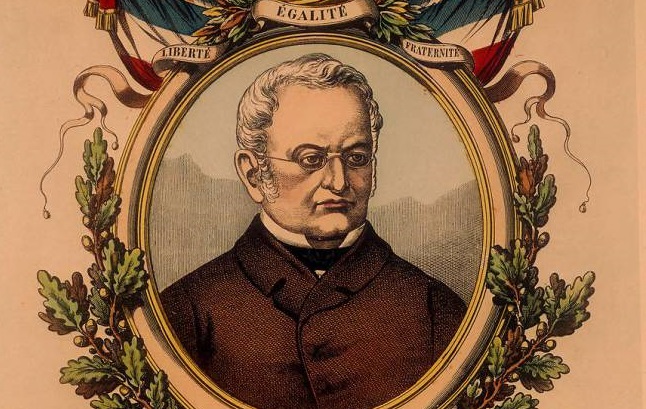
19. His literary reputation introduced him into the most influential literary and political salons in Paris.
20. He met Stendhal, the Prussian geographer Alexander von Humboldt, the famed banker Jacques Laffitte, the author and historian Prosper Mérimée, the painter François Gérard; he was the first journalist to write a glowing review for a young new painter, Eugène Delacroix.
21. When a revolution broke out in Spain in 1822, he traveled as far as the Pyrenees to write about it.
22. He soon collected and published a volume of his articles, the first on the salon of 1822, the second on his trip to the Pyrenees. He was very well paid by Johann Friedrich Cotta, the part-proprietor of the Constitutionnel.
23. Most important for his future career, he was introduced to Talleyrand, the former foreign minister of Napoleon, who became his political guide and mentor.
24. Under the tutelage of Talleyrand, Thiers became an active member of the circle of opponents of the Bourbon regime, which included the financier Lafitte and the Marquis de Lafayette.
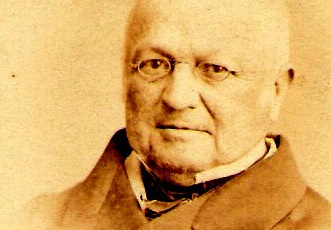
25. The father of Adolphe, Louis Thiers, had an extremely turbulent career; he was confined to a monastery by his father for a year after running up unpaid debts; he was arrested and imprisoned several times, but protected by a connection with Lucien Bonaparte, the younger brother of Napoleon Bonaparte, whom he saved from imprisonment.
26. Louis Thiers was married to Marie-Claire Fougasse in 1785, and had a son, but spent most of his time with his mistresses.
27. Marie-Claire Fougasse died on 3 March 1797. Six weeks later, on 15 April 1797, Marie-Joseph-Louis-Adolphe Thiers was born to Marie-Madeleine Amic, one of his father’s mistresses. Four weeks later, on 13 May 1797, Pierre-Louis married Marie-Madeleine Amic, making Adolphe legitimate. A few days later, Pierre-Louis disappeared, without leaving an address.
28. He was appointed by Lucien Napoleon as a providers of rations for Napoleon’s Army of Italy, which brought him a large fortune.
29. Adolphe’s mother belonged to the family of the poet André Chénier. Adolphe’s maternal grandfather was a merchant from Marseille and his maternal grandmother was from Greece.
30. While he was a student in Aix-en-Provence, Thiers probably became engaged to a young woman, Emilie Bonnefaux, from a prosperous Aix family. He left her behind when he moved to Paris, but her brother pursued Thiers to Paris, and fought a duel with him. Thiers was not hit and refused to fire on his opponent, and the matter was considered settled. Emilie married another man two years later.

